Roof Ventilation: Intake Vents vs Exhaust Vents
October 29, 2020
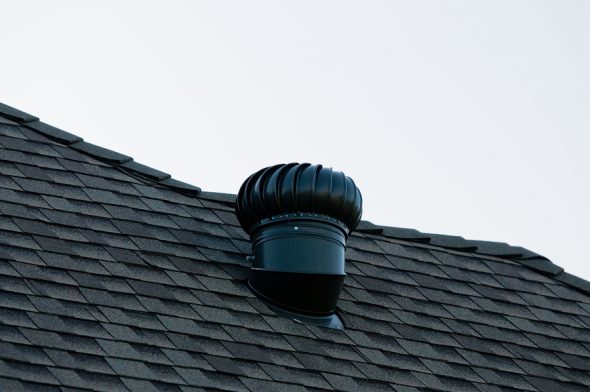
As a property owner, you know how important it is to take the necessary steps to keep your roof in good condition. Roof ventilation allows air to flow freely in and out of your roof and attic, which prevents mold, mildew, and other unwanted problems that can develop when heat or moisture gets trapped.
And while most roofs require exhaust vents, some have the added need for intake vents. So which type is right for your roof?
Intake Vents vs Exhaust Vents
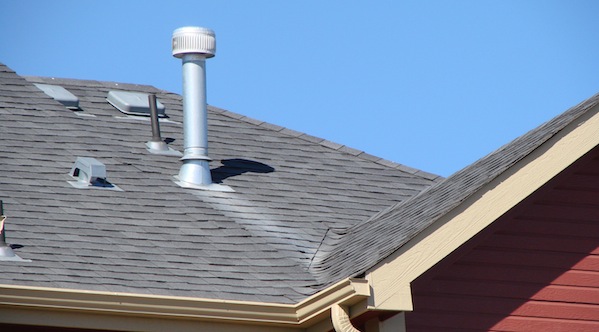
The difference between roof intake vents and roof exhaust vents is all in the name: intake vents take air into the attic to moderate the temperature and evaporate moisture. On the flip side, exhaust vents send air out of the attic to the outside of the house. Exhaust vents are important for keeping the air in your home clean and sending fumes, moisture, and bad odors out of the house.
What Is the Best Roof Ventilation?

The best roof ventilation depends on the type of roofing system you have and the climate in your area. Exhaust vents are crucial for clean air and moisture regulation in any home, but sometimes intake vents are vital, too.
Your home may need an intake vent in addition to an exhaust vent if your roof is at risk of winter ice dams, if you live in a very warm climate, or if the temperature of the roof is uneven in some areas. Determining the best roof ventilation usually requires an inspection from a professional roofer.
How Much Does It Cost to Install a Roof Vent?
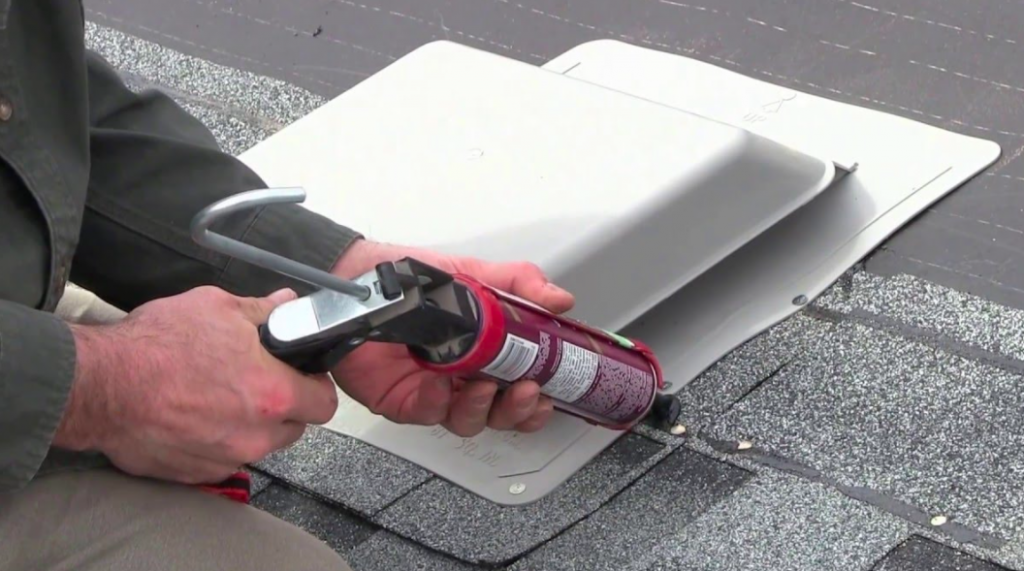
Installing a roof vent usually costs $300-$650 for both labor and materials. The cost depends on the number of vents, the type of vents, and the size used.
What Happens If You Don’t Vent a Roof?
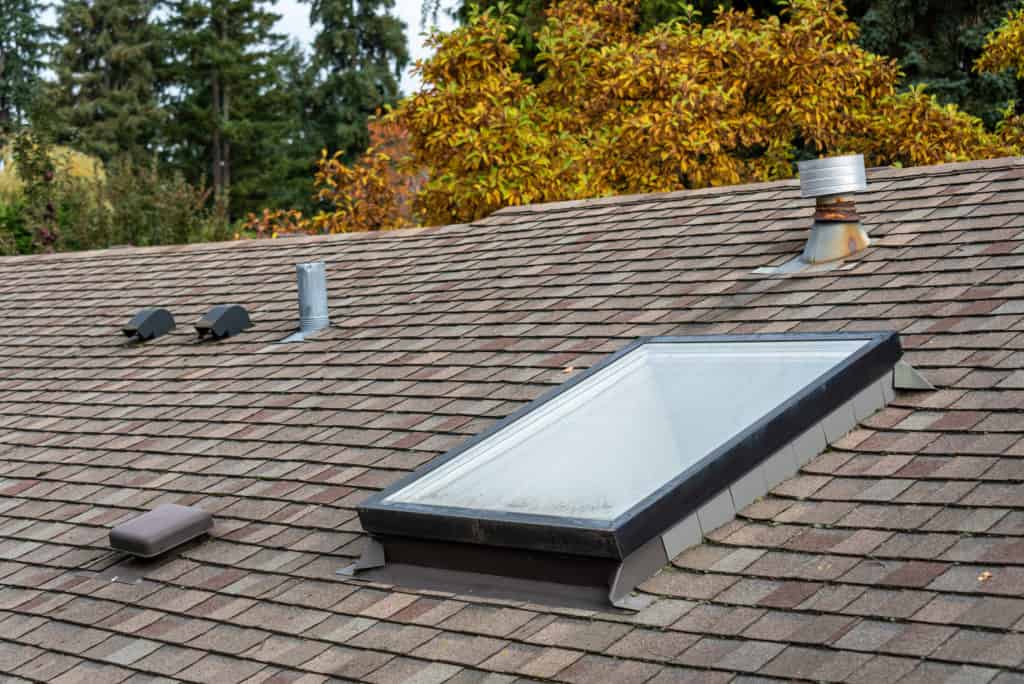
Lack of roof ventilation can lead to many problems. Without proper airflow, moisture and condensation will build up, and shingles may crack, flake, or wear out faster. The roof is also more likely to develop mold or mildew, which can decrease the lifespan of the roof.
How Many Vents Should a Roof Have?
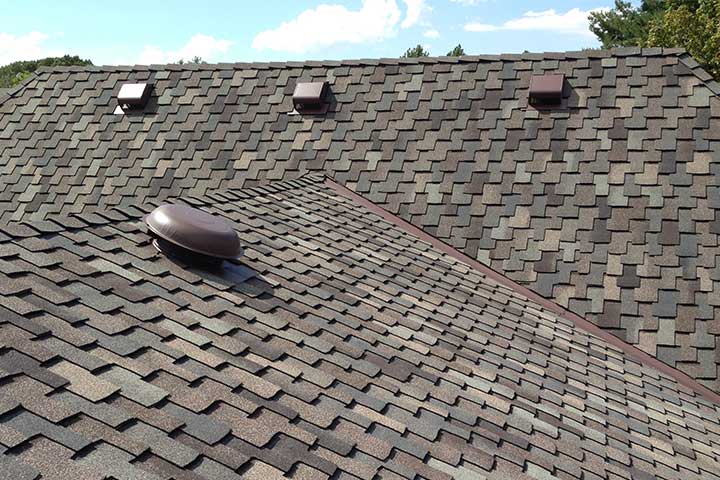
The number of roof vents you need depends on the size of the roof and the square footage of the attic. If the attic has a vapor barrier, the standard is to install one vent for every 300 square feet of attic space.
If the attic does not have a vapor barrier, one vent should be installed every 150 square feet. Attics with a slope of more than 6:12 will have more volume, meaning they may need more than one vent installed every 150 square feet.
Can You Have Too Many Roof Vents?
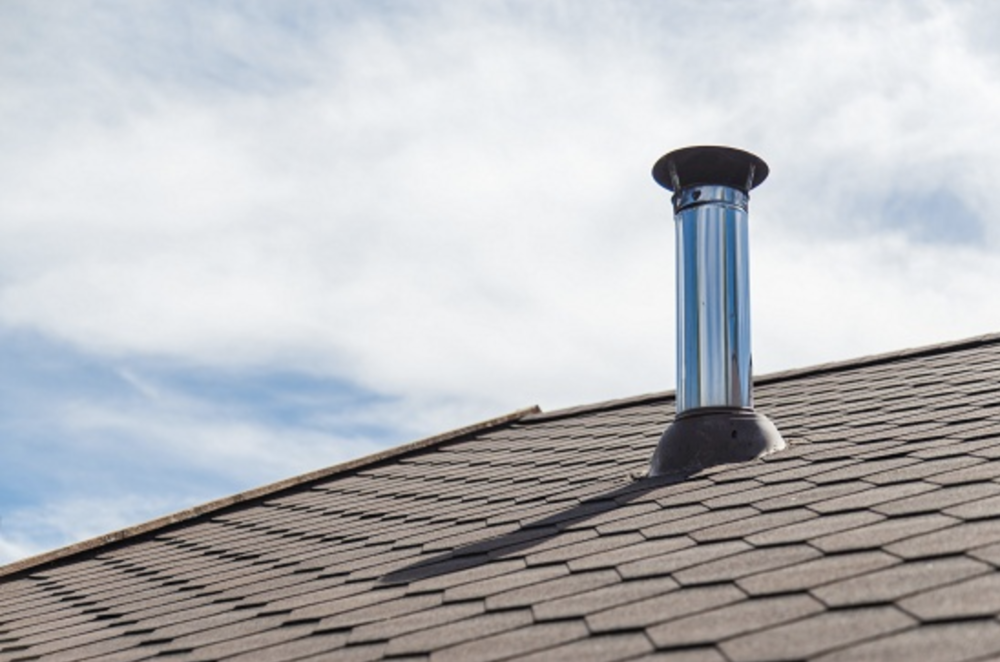
A roof can have too many roof exhaust vents, but the number of roof intake vents will never be a problem. This is because an attic with too many exhaust vents may suffer from poor airflow and develop problems in extreme weather. But excessive intake vents will simply convert to exhaust and go outside of the house.











